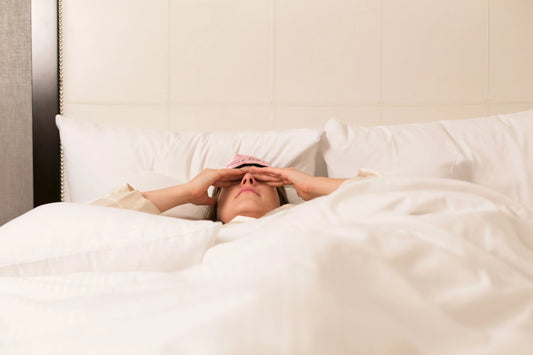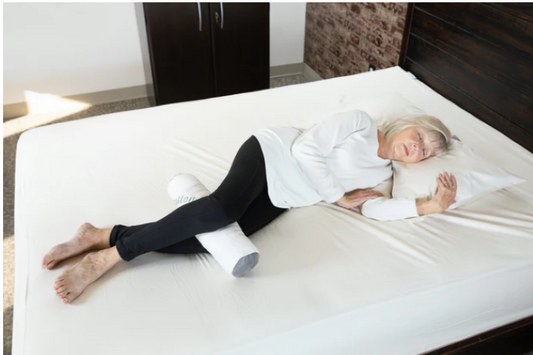A good night's sleep is essential for our overall well-being, yet many people struggle with various sleep disorders that disrupt their rest. In this blog post, we will explore some of the most common sleep disorders, their causes, symptoms, and potential treatments. By understanding these conditions, we can take proactive steps toward achieving better sleep and improving our quality of life.
-
Insomnia: Insomnia is perhaps the most well-known sleep disorder, affecting millions of people worldwide. It is characterized by difficulty falling asleep, staying asleep, or experiencing non-restorative sleep. Causes of insomnia can range from stress and anxiety to underlying medical conditions or certain medications. Cognitive behavioral therapy (CBT) and sleep hygiene practices are often recommended, while medications may be prescribed in severe cases.
-
Sleep Apnea: Sleep apnea is a disorder in which breathing repeatedly stops and starts during sleep. This interruption in breathing can lead to snoring, daytime fatigue, and a range of health issues. The two main types of sleep apnea are obstructive sleep apnea (OSA), caused by the relaxation of throat muscles, and central sleep apnea (CSA), which occurs due to a lack of respiratory effort from the brain. Treatment options include continuous positive airway pressure (CPAP) devices, oral appliances, lifestyle changes, and sometimes surgery.
-
Restless Legs Syndrome (RLS): Restless Legs Syndrome is a neurological disorder characterized by uncomfortable sensations in the legs, often accompanied by an irresistible urge to move them. These symptoms typically worsen in the evening or at night, making it difficult to fall asleep. RLS can be a primary condition or a secondary result of underlying health problems. Lifestyle changes, medication, and certain therapies, such as massage or hot baths, may help alleviate symptoms.
-
Narcolepsy: Narcolepsy is a chronic neurological disorder that affects the brain's ability to regulate sleep-wake cycles. Individuals with narcolepsy experience excessive daytime sleepiness, sudden loss of muscle tone (cataplexy), sleep paralysis, and vivid hallucinations. Although there is no cure, medications can help manage the symptoms, and lifestyle adjustments like scheduled naps and regular sleep routines are often recommended.
-
Circadian Rhythm Disorders: Circadian rhythm disorders occur when an individual's internal body clock is out of sync with their desired sleep schedule. Common examples include jet lag, shift work sleep disorder, and delayed sleep phase syndrome. Treatment may involve light therapy, melatonin supplements, adjusting sleep schedules, and optimizing the sleep environment to promote better alignment with the desired routine.
Sleep disorders can significantly impact our physical health, mental well-being, and overall quality of life. If you suspect you have a sleep disorder, it is crucial to consult a healthcare professional for a proper diagnosis and personalized treatment plan. By understanding the common sleep disorders discussed in this article, you can take proactive steps to improve your sleep hygiene, seek appropriate treatment, and pave the way for a better night's rest.
Remember, everyone deserves a good night's sleep for optimal health and vitality. Sweet dreams!
Please note that this blog post provides general information and is not a substitute for professional medical advice.





